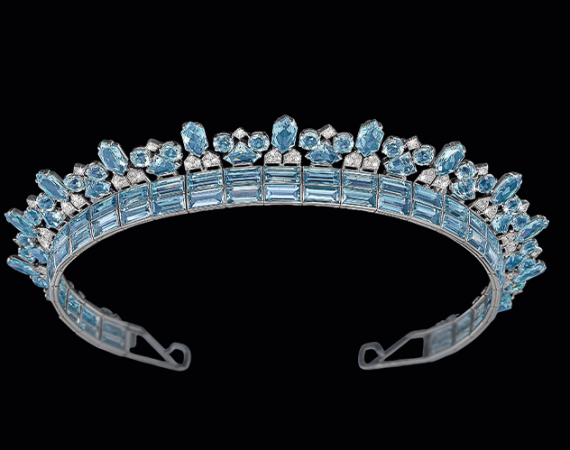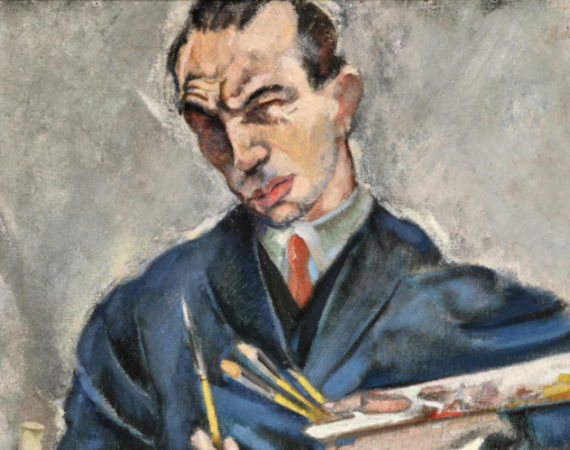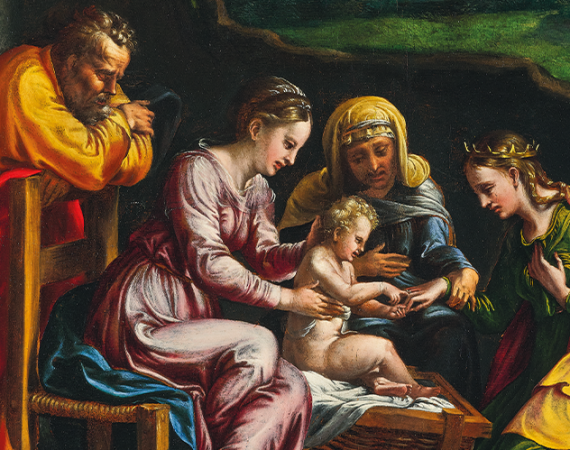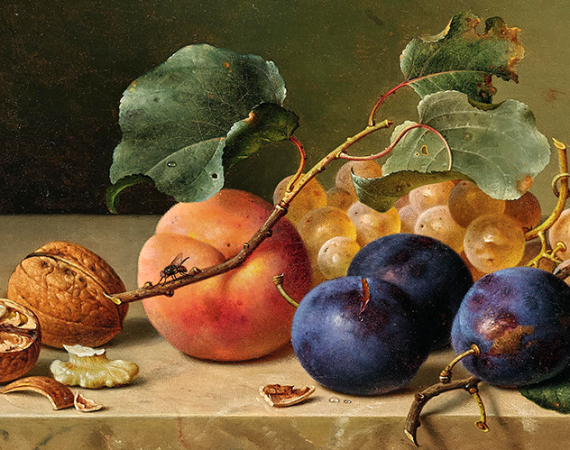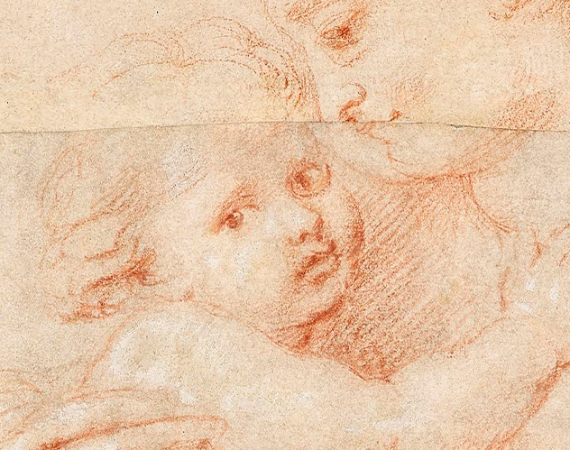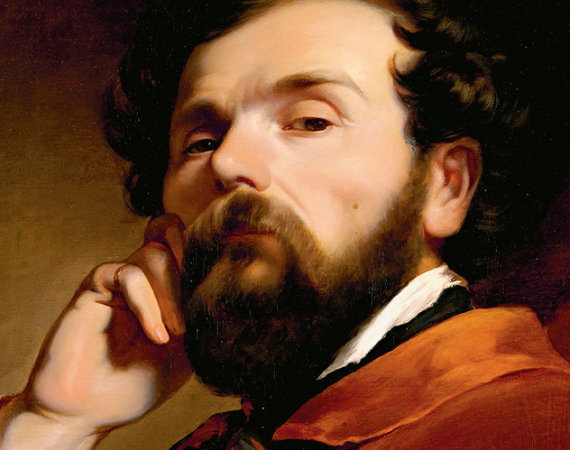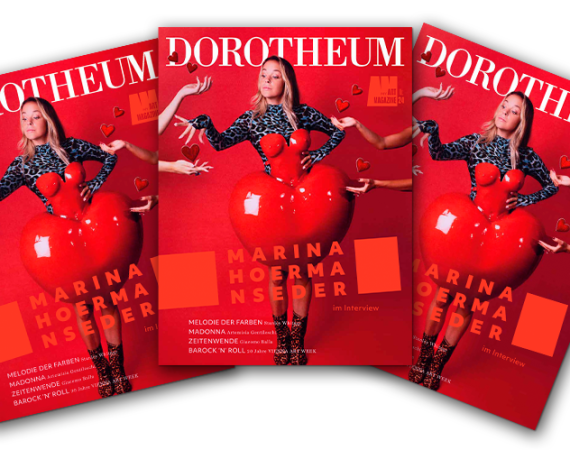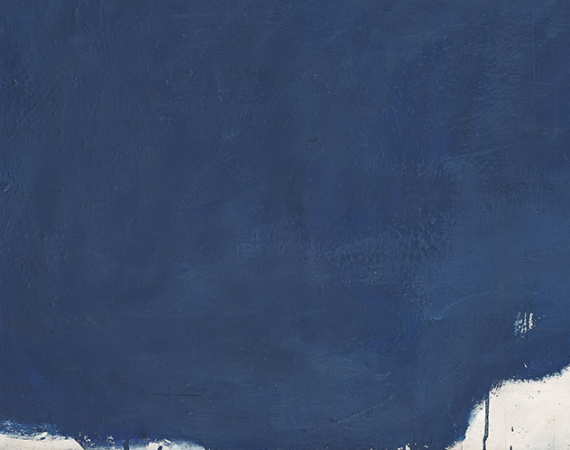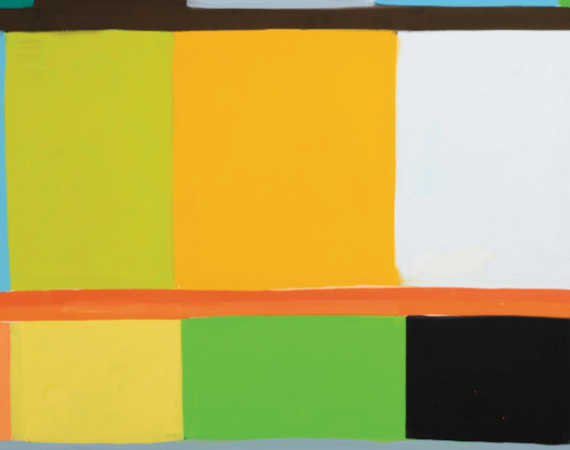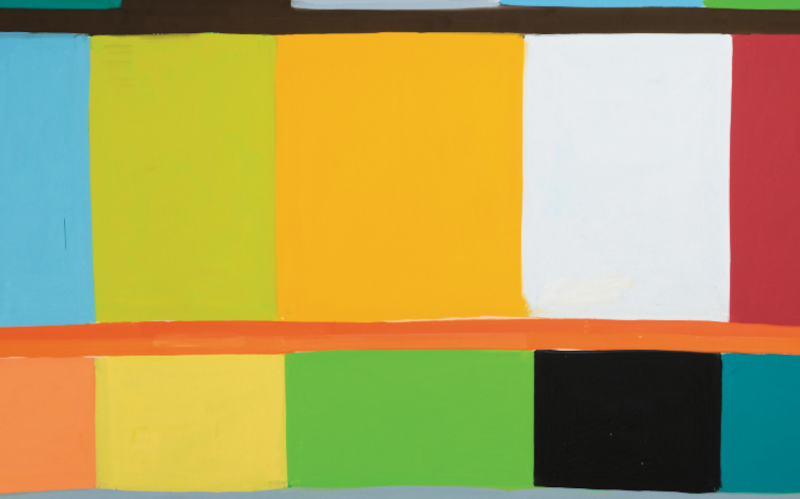
Grids and colour fields: the paintings of the American artist Stanley Whitney oscillate between control and freedom, premeditation and improvisation. Jazz music is one of the driving forces behind his work.
With his innovative approach to colour abstraction, Stanley Whitney, born in 1946 in Philadelphia, has come to be a leading figure of international contemporary art. His artistic education began at the Kansas City Art Institute and, after his move to New York in 1968, ended with his Master of Fine Arts at the Yale School of Art.
During his career, Whitney has developed a unique artistic language characterised by the geometric composition of colour fields. In his work, he suceeds in keeping to a strict order without abandoning the spontaneity of the painterly gesture: they are full of life and expression.
The experience of Italy – especially his period in Rome in the 1990s – has fundamentally influenced his artistic development. The confrontation with the art of Neo-classicism and the Renaissance, as well as the architecture and the historical strata of the city, impacted his understanding of composition and pictorial space. Italy has never ceased to be a constant source of inspiration for Whitney, who spends extended periods in his studio near Parma.
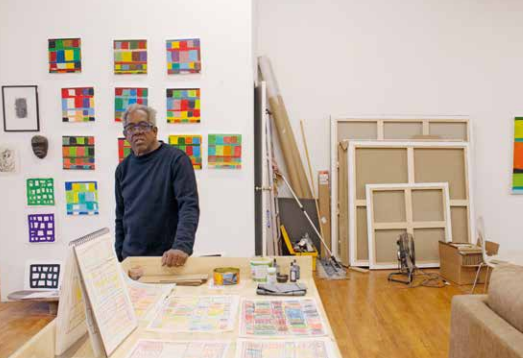
Some of the references for Whitney’s present artworks can be found today in international public collections – one of which is the Solomon R. Guggenheim Museum in New York – and these references include several great masters of the 20th century. Piet Mondrian supplied a strict paradigm for geometric abstraction, Giorgio Morandi influenced the compositional precision and meditative quality of Whitney’s work, and Mark Rothko introduced an emotional dimension through his intensive use of colour. Moreover, the improvisation and rhythms of such masters of bebop and free jazz as John Coltrane, Thelonius Monk and Charlie Parker enriched Whitney’s visual imagery and lent his work a dynamic and experimental quality.
In a recent interview with Louise Neri, the artist himself, emphasises the impact that listening to the fathers of US-American jazz has had on his work: “By the time I was in high school, around 1964, I was listening to Ornette Coleman’s Shape of Jazz to Come, John Coltrane’s Love Supreme, Thelonious Monk, Charlie Mingus, and others; these musicians were great revelations to me. Before that, I was thinking about joining the army! [laughs] But when I discovered jazz, I realized that there was a whole other world. So when I first went to art school, I thought of Cézanne in terms of Charlie Parker and the rhythm.”
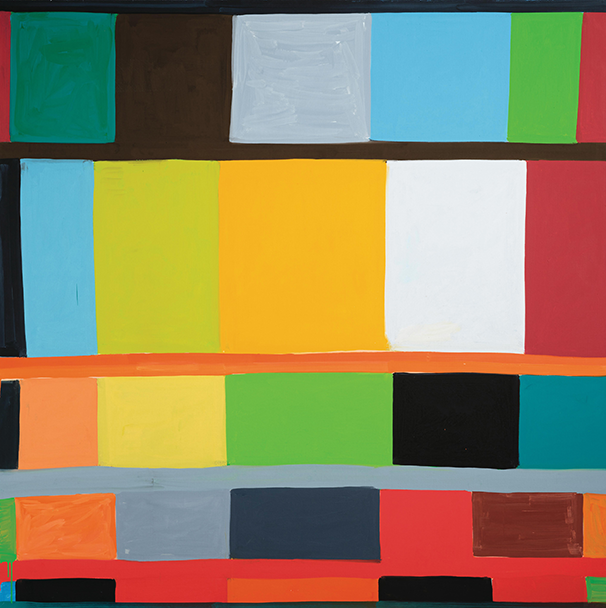
Stanley Whitney’s use of the grid – as characteristic as it is systematic of his work – might at first glance seem restrictive, yet it becomes transformed in his hands into a playground for chromatic explorations. The grid isn’t simply a supporting structure but becomes a dynamic canvas or score upon which the artist is able to orchestrate a symphony. His works suggest a visual melody in which each colour has its own voice and contributes to the overall harmony while still retaining its strong individuality.
Stanley Whitney’s work is a brilliant example of structure and freedom coexisting in a dynamic equilibrium. His ability to breathe life and movement into a seemingly static grid reveals not only his technical mastery, but also a profound understanding of the evocative power of colour. Each work shows Whitney inviting the observer to explore a world in which geometry and emotion, order and expressive power coincide and unite into a unique and fascinating visual feast.
AUCTION
Contemporary Art I, 20 November 2024, 6 pm
Palais Dorotheum, Dorotheergasse 17, 1010 Vienna
20c.paintings@dorotheum.at
Tel. +43-1-515 60-358, 386

